The Origin of Biological Evil
The Edenian epoch ended quickly and tragically. When Adam ate of the tree of the knowledge of good and evil (Gen. 3:6), he disobeyed God’s explicit command (Gen. 2:17). Satan must have disobeyed God before this, for he was condemned while God was cursing the serpent (Gen. 3:15), but the biological world was not altered at the fall of Satan. Nor was Eve’s act of eating of the tree responsible for the world’s alteration (I Tim. 2:14). It was the disobedience of the appointed king of creation, Adam, which led to a catastrophic change in the history of the entire creation (e.g. Rom. 5:12-19; Rom. 8:19-23).
The following article is a from Devotional Biology: Learning to Worship the Creator of Organisms, Chapter 15.4, pgs. 319-322. The views expressed in this article reflect those of the author, and not necessarily those of New Creation.
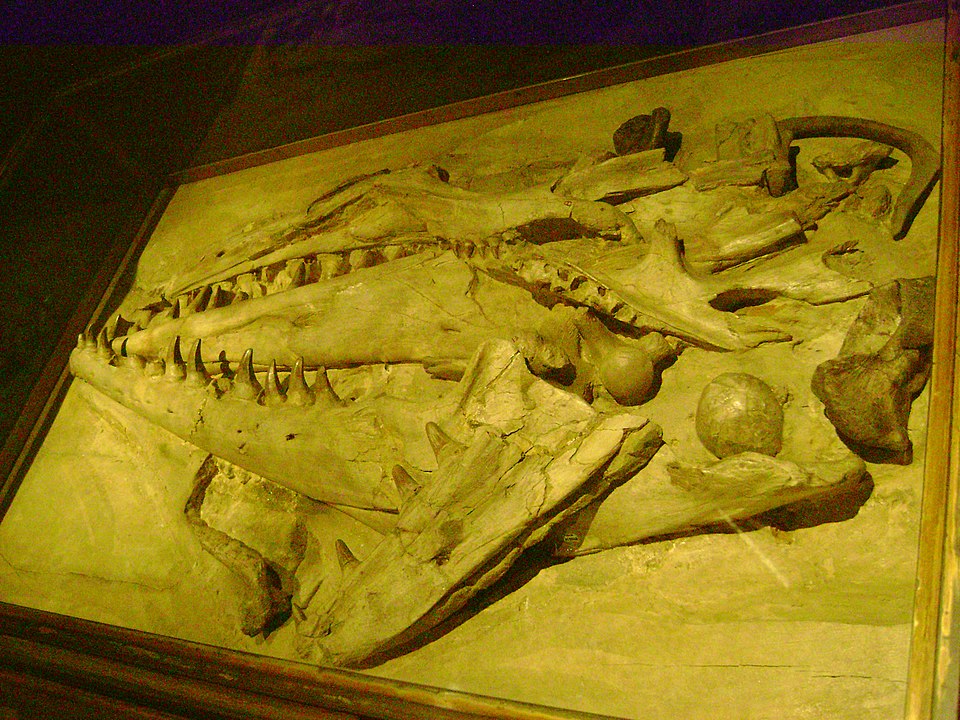
But it was not Adam’s sin itself that changed God’s creation; it was God’s curse that altered everything. It was another change in the way God interacted with His own creation. If man had never fallen, the universe would have persisted forever, just as will be the case in the new heavens and the new earth to come. But it would have persisted forever not because of some innate ability that the universe has to exist forever, but because God would have sustained it forever. The present universe waxes old (Heb. 1:10-12) because God is sustaining it in a different fashion than He sustained it before the Fall.
Before man’s sin, animals and humans did not die—and would not have died—not because we or animals have some biological potential in us to live forever, but because God sustained us in a different fashion before the disobedience of Adam. Before the Fall there was no disease, no degenerative aging, and no suffering because God sustained the creation in such a way that these things did not occur, just as He will sustain things in heaven to come (Rev. 21:4). Therefore, the Edenian epoch ended and a new era in earth history began, when God changed His relationship to the creation.
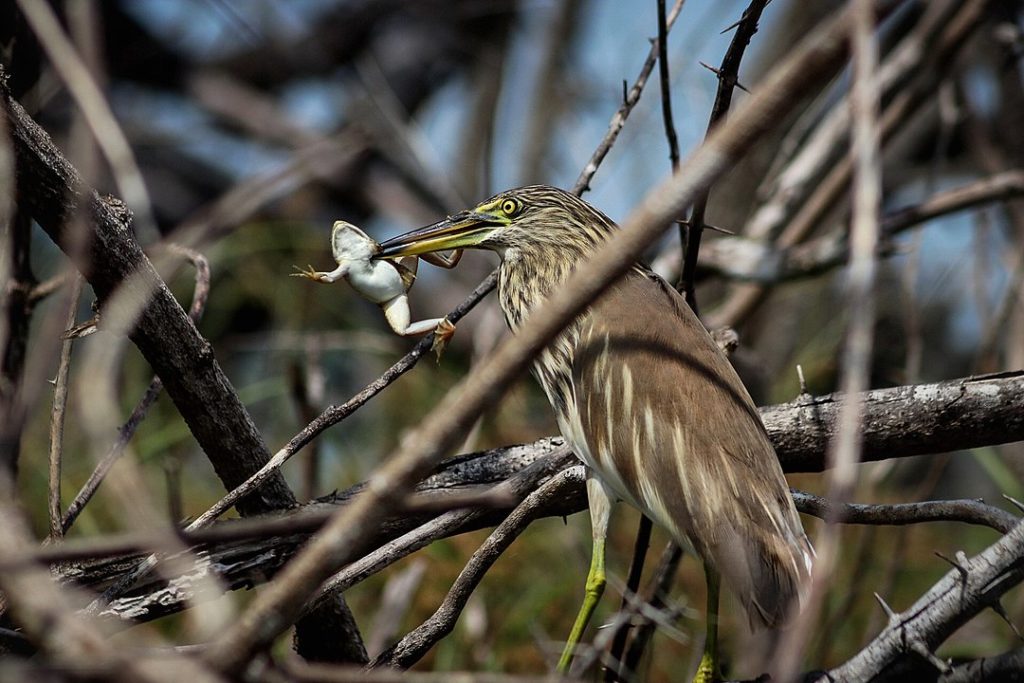
Before the curse, biological repair systems were apparently capable of complete biological repair. Ever since the curse, this has not been the case, and a host of biological evils have entered the creation as a consequence. This would include DNA information loss every generation, a progressive weakening of lineages, and degenerative aging experienced by individual organisms. The same degeneration has introduced disease into the world and transformed mutualistic organisms into parasites and pathogens. The number of diseases and pathogens has been rising ever since, as has the animal suffering that comes as a result.
In spite of all of these negative effects, God did not wish for the curse to destroy His creation nor to destroy its ability to illustrate His nature. Man’s fall also did not come as a surprise to Him, for during the Creation Week He had already designed information in organisms that would allow His creation to persist in spite of the curse.
Thus, as the negative effects of the curse increased, death of animals and humans was introduced to relieve the suffering. Biological overproduction was introduced in all organisms to replace the dead. The overproduction, in turn, led to competition and natural selection, and natural selection tends to take out weaker organisms, thus relieving suffering and minimizing the spread of disease. The introduction of predation further relieved suffering and minimized the impact of disease. Finally, plants and prey animals were provided with defenses to preserve them in spite of overgrazing and predation.
Although the negative effects of the curse have been prevented from destroying creation’s ability to illustrate God’s nature and bring glory to God, they have been an important part of the biological world ever since the Fall of man.
The World That Then Was
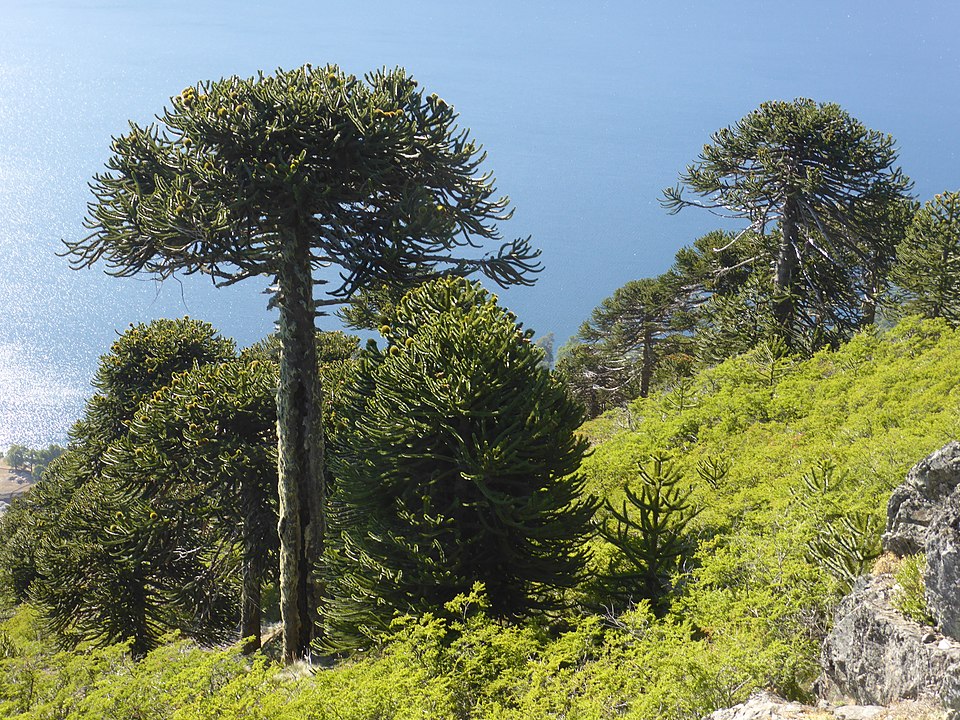
The curse marked the beginning of a new era in the history of organisms, one which has much more in common with the present era than either the Creation Week or the Edenian epoch. However, the first sixteen and half centuries or so following the curse were different enough from the present to be considered as a distinct epoch in biological history. In fact, Peter refers to this period in almost an otherworldly sense, as the ‘world that then was’ (II Pet. 3:6). Since many of the changes to the modern era occurred at the Flood, this period of the history of life is referred to as the antediluvian epoch [ante meaning ‘on the other side of’ + diluvium meaning ‘flood’].
One type of difference in the antediluvian epoch was that baramins and communities destroyed in the Flood never developed again. The diversity and disparity of organisms before the Flood must have been greater than is observed in the present. In terms of communities, research has so far revealed only a few of the many communities that were never seen again after the Flood. It is even difficult to reconstruct these communities from fossils.
The early stages of the Flood were so destructive that very few communities were preserved intact. Many communities have to be pieced together from widely scattered evidences. Dinosaurs and gymnosperms (plants that bear seeds on naked stalks or conelike structures) probably dominated communities on some of the continents. Humans, mammals, and angiosperms (flowering plants) probably dominated communities on other continents. Offshore of the continents, in ocean hot springs, another antediluvian community involved bacteria that constructed forests of mushroom-shaped stromatolites, which were built of alternating layers of sediment and organic compounds. One of the most spectacular communities proposed for the antediluvian epoch was a continent-sized floating forest. Plants from this forest buried during the Flood formed the vast Carboniferous coal deposits of the northern hemisphere.
The antediluvian world also seems to have differed in its climate. Suggestions from the fossil record suggest that the world before the Flood was warmer. Tropical, subtropical, and temperate zones were probably wider than they are at present, and the poles were probably no colder than cold temperate. Ice sheets and inhospitably cold polar regions probably did not exist before the Flood.
Human Diet and Longevity
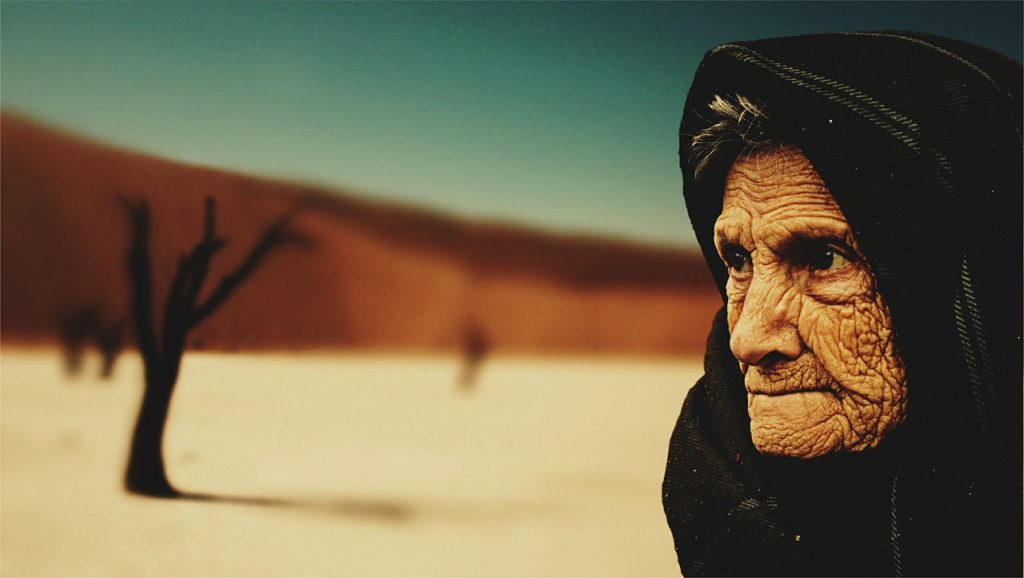
At least two aspects of the human experience were different in the antediluvian epoch. First, humans were not permitted to eat meat until after the Flood (compare Gen. 3:18-19 and Gen. 9:3). Second, if the men listed in Gen. 5 are characteristic of all humans during this time period, the average antediluvian human lived more than nine centuries.
Because humans have long been considerably interested in living longer, extensive research has been invested in finding anything that might increase human lifespans. The result of all this research is that nothing in the physical environment is known to significantly change human lifespans. Even the increase in human longevity that has come about as a result of modern medicine is not so much due to a change in lifespan as it is permitting humans to live a greater percentage of their lifespan. The long lifespans of the antediluvian epoch are probably not at all due to a different diet or different environmental conditions in antediluvian times. Rather, the longer lifespan is due to different internal programming or a change in God’s sustenance. It is also not known whether any organism other than humans lived longer during the antediluvian epoch.
The Spread of Biological Evil
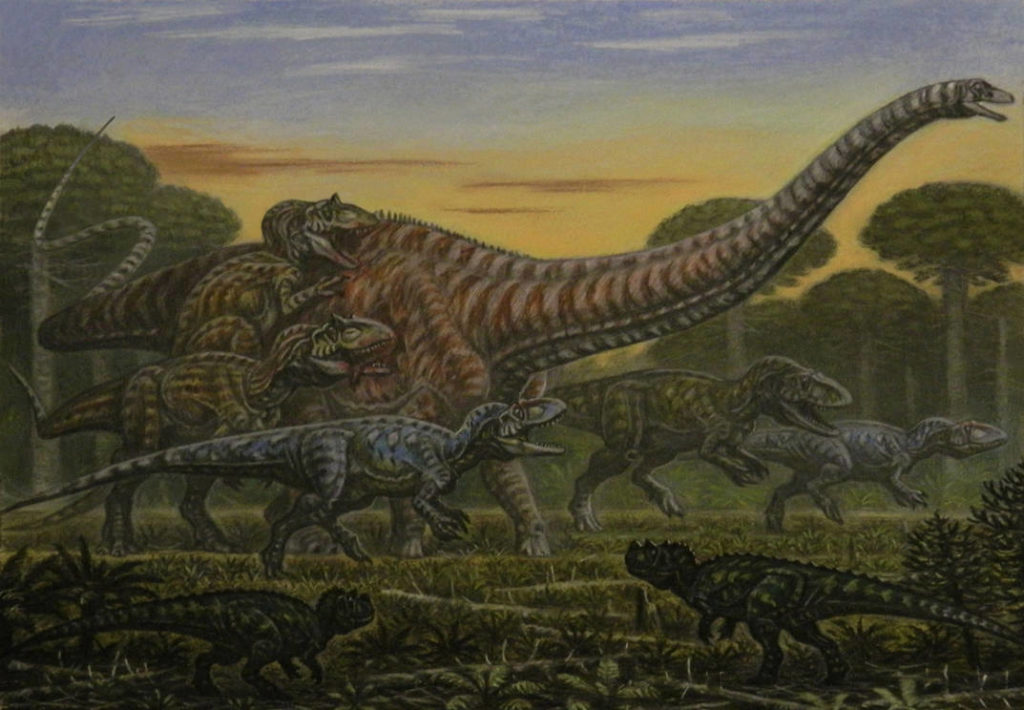
Based on fossils in Flood sediments, by the time of the Flood biological evil had become widespread and common in the animal world. Predatory species were as common in each environment as they are today. Fossils also indicate that genetic diseases, pathogen-caused diseases, and parasites had spread throughout the entire biological world. Towards the end of the antediluvian period, God determined to destroy all humans and all animals (Gen. 6:7). He desired to destroy humans because of their wickedness (Gen. 6:5-6). He desired to destroy animals because ‘all flesh’ was corrupted and ‘filled with violence’ (Gen. 6:11-13). This suggests that at least by the end of the antediluvian period, there was more violence in the animal world than is found in the present world.
After the Flood, apparently so as to prevent the world from returning to this level of violence, God places the fear of humans into animals and orders that any animal that kills a human must be slain (Gen. 9:2, 5). This suggests that that violence at the end of the antediluvian world included animals across the planet killing humans with impunity.
Cursing of the Soil
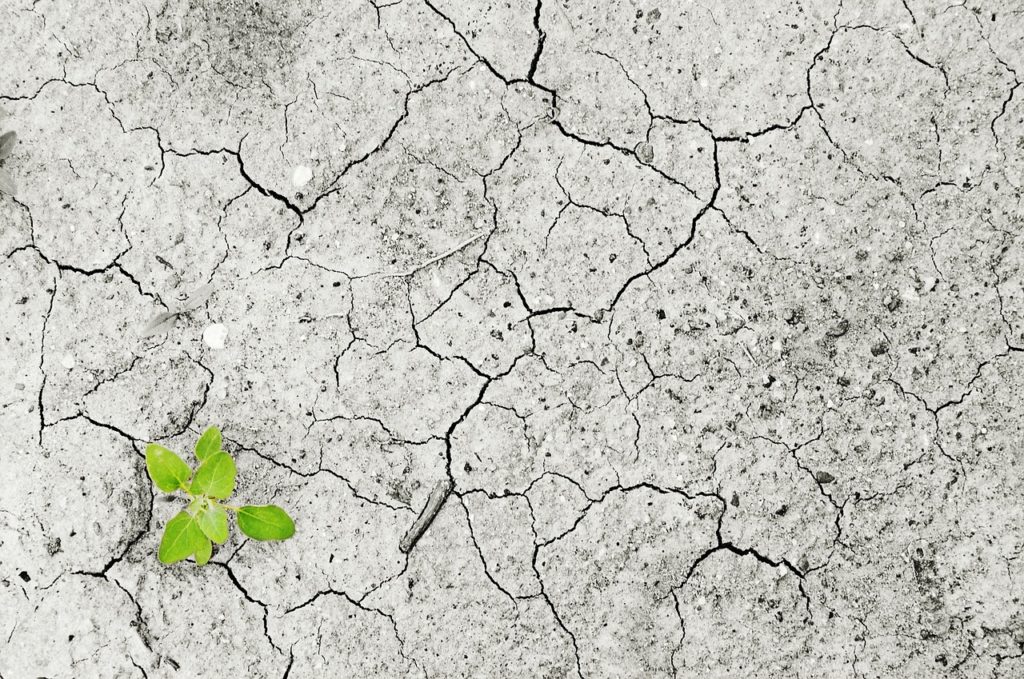
Following the Flood, God established the principle of capital punishment—that whatever killed a human, whether human or animal, should be put to death (Gen. 9:5-6). Since it was first established after the Flood, capital punishment was not in effect during the antediluvian epoch. The only punishment for murder recorded before the Flood was Cain’s, at the murder of his brother (Gen. 4:11-15). In that case, the ground was not to produce for Cain what it would for anyone else, and Cain would be a wanderer as a result. Since a general curse had already been placed on the ground in response to Adam’s sin (Gen. 3:17-19), Cain’s punishment seems to have been an additional or second curse placed on whatever soil Cain would try to farm.
Centuries later, Noah’s father chose his son’s name because Noah would somehow bring relief from the work that humans had to endure as a result of the ground that God cursed (Gen. 5:29). Six centuries later, in response to Noah’s sacrifice to God after the Flood, God claimed that He would ‘not again curse the ground any more for man’s sake’ (Gen. 8:21). A couple things suggest that this latter reference is not to the Adamic curse. When God cursed the ground in response to Adam’s sin, man was to experience difficulty in tilling it, thorns and thistles were to grow out of it, and in death humans were to return to it (Gen. 3:17-19). All of these still occur, so they did not cease after the Flood.
Furthermore, Scripture not only indicates that the creation is still subject to ‘the bondage of corruption’ brought upon the creation by the sin of humans (Rom. 8:18-22), but that the curse will not be suspended until the establishment of the new heaven and the new earth (Rev. 22:3). Since Adam’s curse fell upon all humans in response to the sin of the representative head of all of humanity, it makes sense that the Adamic curse should apply until humanity is delivered from sin. What this suggests in turn, is that Cain’s punishment was the divine punishment for all murders in the antediluvian world. Since the earth came to be ‘filled with violence’ (Gen. 6:11) and man’s heart was evil (Gen. 8:21), it is likely that the toil to which Noah’s father was referring was due to the terrible condition of the soil after the collective effect of secondary curses from countless human murders. This in turn suggests that in the course of the antediluvian epoch the earth’s soil gradually deteriorated, increasingly generating an ecological crisis. Saving organisms from this crisis may have been a secondary reason for God destroying the organisms of the planet. In fact, restoring depleted soil may have been a primary reason for God choosing to destroy the organisms of the planet with a flood.
The Frontiers of Research
![By Pavel Bochkov from Moscow, Russia - [1]Uploaded by FunkMonk, CC BY-SA 2.0, https://commons.wikimedia.org/w/index.php?curid=6726204](https://newcreation.blog/wp-content/uploads/2022/04/907px-Scutosaurus_karpinskii.jpg)
The antediluvian world is much more accessible to us than the previous two periods of earth history. However, the incredible cataclysm of the Flood did wreak considerable havoc on the evidence remaining from this time period, so reconstructing the antediluvian world is still challenging and we have much more to learn.
Exciting research questions for the future include such things as how much diversification occurred between the creation and the Flood, what communities existed in this period, how many humans existed at the time of the Flood, what technology had they developed, and what was the nature of the violence of ‘all flesh’ that led up to the Flood.

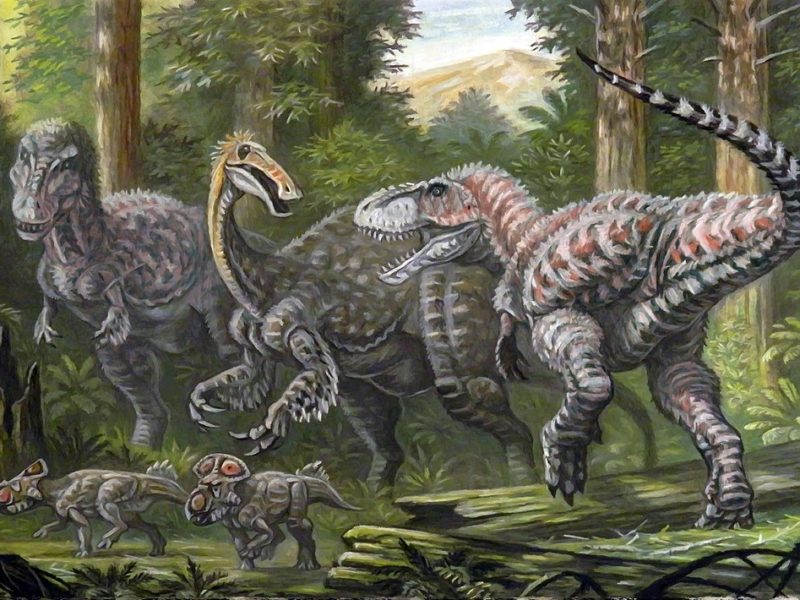
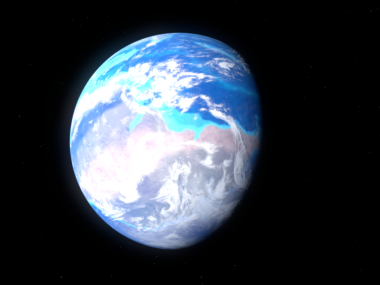

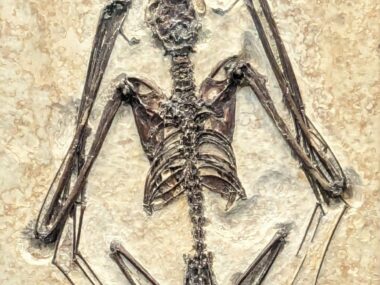







The same degeneration has introduced disease into the world and transformed mutualistic organisms into parasites and pathogens. The number of diseases and pathogens has been rising ever since, as has the animal suffering that comes as a result.
Is the above paragraph saying disease was not an immediate product of Adam’s sin. God told Adam that eating of the fruit of the TotKoG/E would result in immediate death, first evidence in the immediate understanding of guilt in Adam and Eve demonstrated in their blame shift attempt. Why say the break down of the health of organism’s introduced disease. Rather was it not Adam’s sin that caused the breakdown in the microscopic organisms, apparently created for the good of other organisms, that then had negative affects as those microscopic organisms interacted with organisms they were to benefit, I.E. disease.
Thus, as the negative effects of the curse increased, death of animals and humans was introduced to relieve the suffering. Biological overproduction was introduced in all organisms to replace the dead. The overproduction, in turn, led to competition and natural selection, and natural selection tends to take out weaker organisms, thus relieving suffering and minimizing the spread of disease. The introduction of predation further relieved suffering and minimized the impact of disease. Finally, plants and prey animals were provided with defenses to preserve them in spite of overgrazing and predation.
I respectfully ask is this paragraph a result of research or logical summarization in attempt to quel evolutionary minded Christians. Evolutionist might say you were trying squeeze their hypothesis into the Creation narrative.
Where can I get info on communities found that are to be believed having gone through the flood?
Is there any reason to believe there was ice caps before the flood? Would not the collapse of the vapor barrier water source have cause the polar freeze and ice caps?
I have always felt that the antediluvian life span deterioration was due simply to the degenerate affects of sin as it has affect all the rest of creatio some of which you site.
After the Flood, apparently so as to prevent the world from returning to this level of violence, God places the fear of humans into animals and orders that any animal that kills a human must be slain (Gen. 9:2, 5). This suggests that that violence at the end of the antediluvian world included animals across the planet killing humans with impunity.
That again raises the question of human and animal relationship before the flood. It does not appear biblically or otherwise we have information to satisfy that question. But the Gen 9:2&5 reference don’t seem to fit simply the effects of sin before the flood. Only one of many questions waiting eternity, if they will even matter then.
Hello! I will respond to your questions below:
I would recommend reading the author’s article on biological evil where he explains this in further detail than he does here.
This is also covered in Dr. Wise’s article on biological evil.
It is unlikely that any pre-Flood communities survived through the Flood because the world that existed then was completely destroyed by the floodwaters. (2 Peter 3:6) However, young-earth paleontologists studying the fossil record have attempted to “reconstruct” what these communities may have been like when they were alive. One of them was a forest that floated atop the ocean, similar to floating islands of today.
Most creation scientists no longer accept the existence of a vapor canopy before the Flood. It is more likely that the formation of ice in the polar regions occurred during the post-Flood Ice Age.
The decline of human lifespans was definitely a consequence of mankind’s sin. However, we don’t see this decline occurring until after the Flood, and then only exponentially. Genesis Apologetics has a great article covering the latest research on this topic that I strongly recommend.
Indeed, we do not have a 100% satisfactory answer on this matter. However, from what we do have in Scripture, it appears that the relationship between man and animals was similar to our relationship today, if not exactly the same. For example, we know that people engaged in raising livestock (Genesis 4:20) and used animals for offerings (Genesis 4:4) before the Flood.
Thank you first of all for the response. I appreciate it. You note that there is not biblical mention of long human life until after the flood. I agree. But does that not indicate some climatic change also that would have been produced by a canopy of water covering the earth protecting from harmful UV rays?
I tend to agree that there must have been some sort of “Extreme Climate & Seasonal Changes” that occurred after the Flood!
This is supported by physiological evidence around the world, concerning Vitamin D3 deficiency.
Further… recent revelation suggests modern diets are extremely deficient in Vitamin K2.
BOTH could be a result of climate/seasonal changes that simply did not exist before the Flood.
Further… “migration” of people following the “Tower of Babel” incident often took humans to regions that were more inhospitable in terms of climate, and had greater seasonal changes in the amount of sunlight exposure.
The K2 deficiency problem suggests animals and their “grazing habits” were affected by seasonal variations in sunlight exposure, and therefore K2 production.
Whether “Most creation scientists no longer accept the existence of a vapor canopy before the Flood.” is a true statement is irrelevant.
Many people once believed the world was flat, and that consensus proved to be foolishness.
Prior to that… most believed the Earth was the center of the solar system.
That too proved erroneous.
So, God’s Hand in our past, present, or future is not a matter of “consensus” by us humans!
is there an antediluvian fossilized human body please